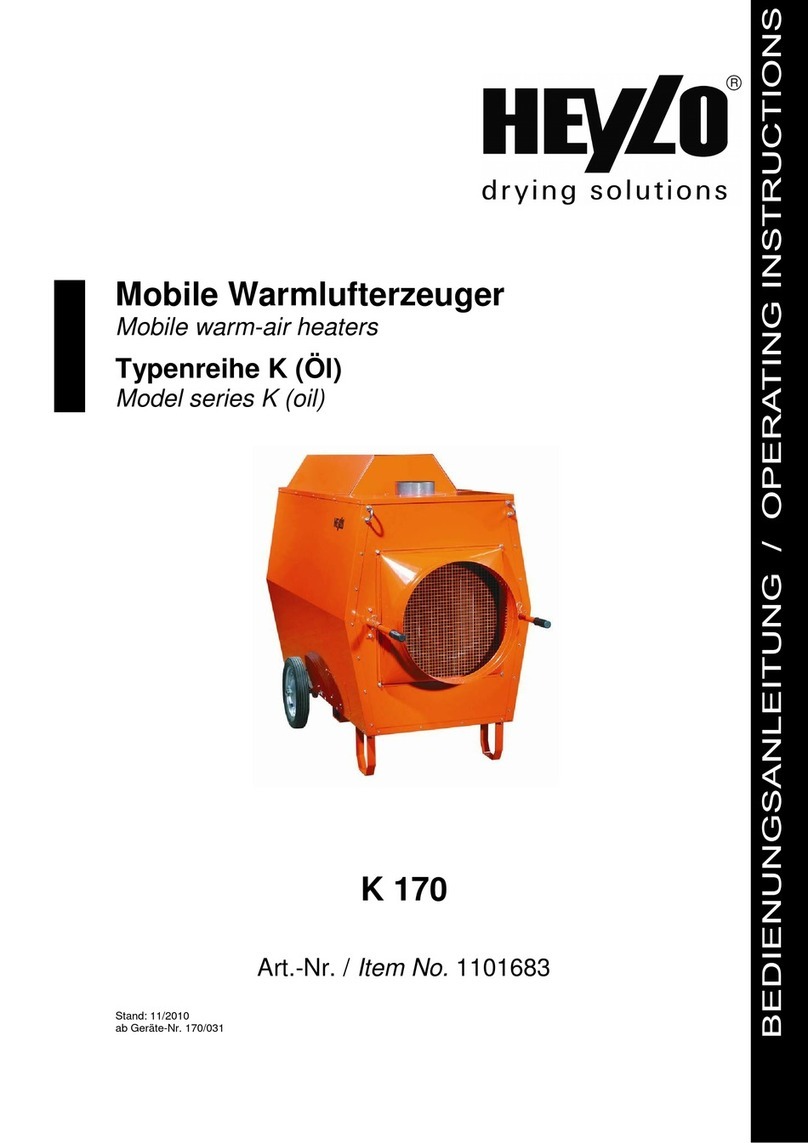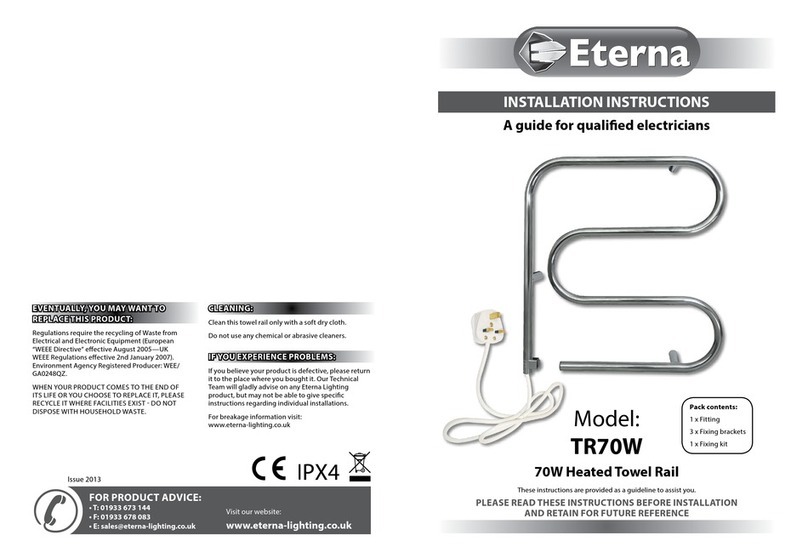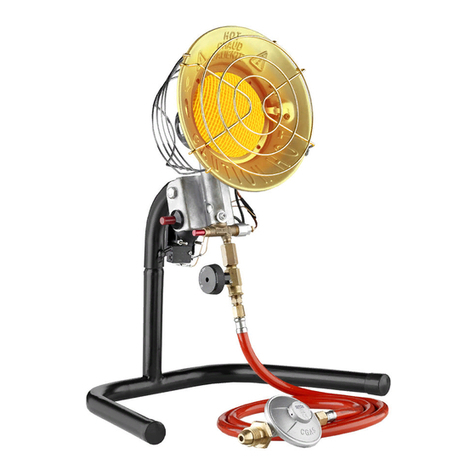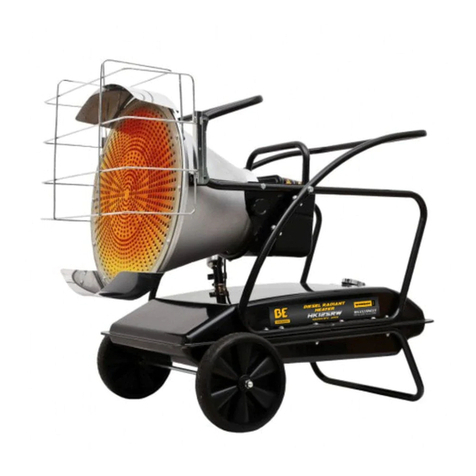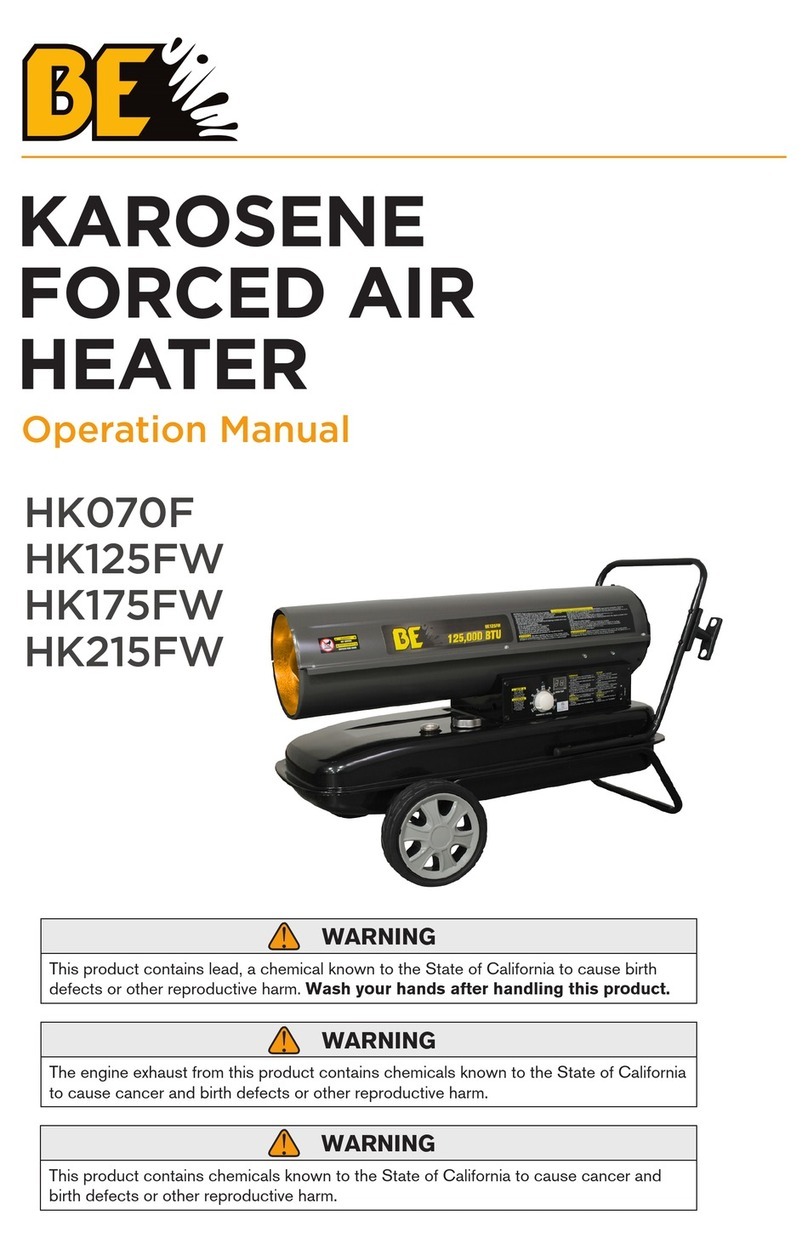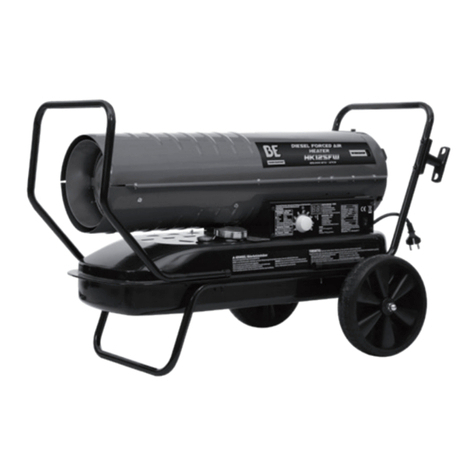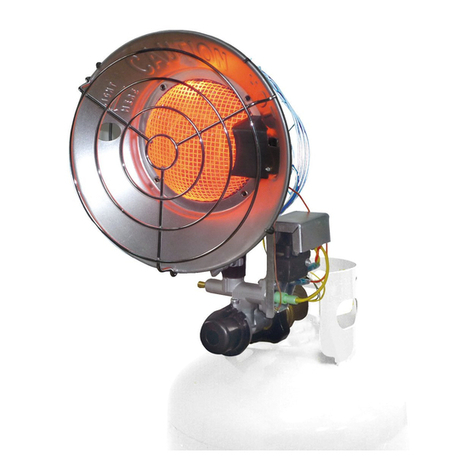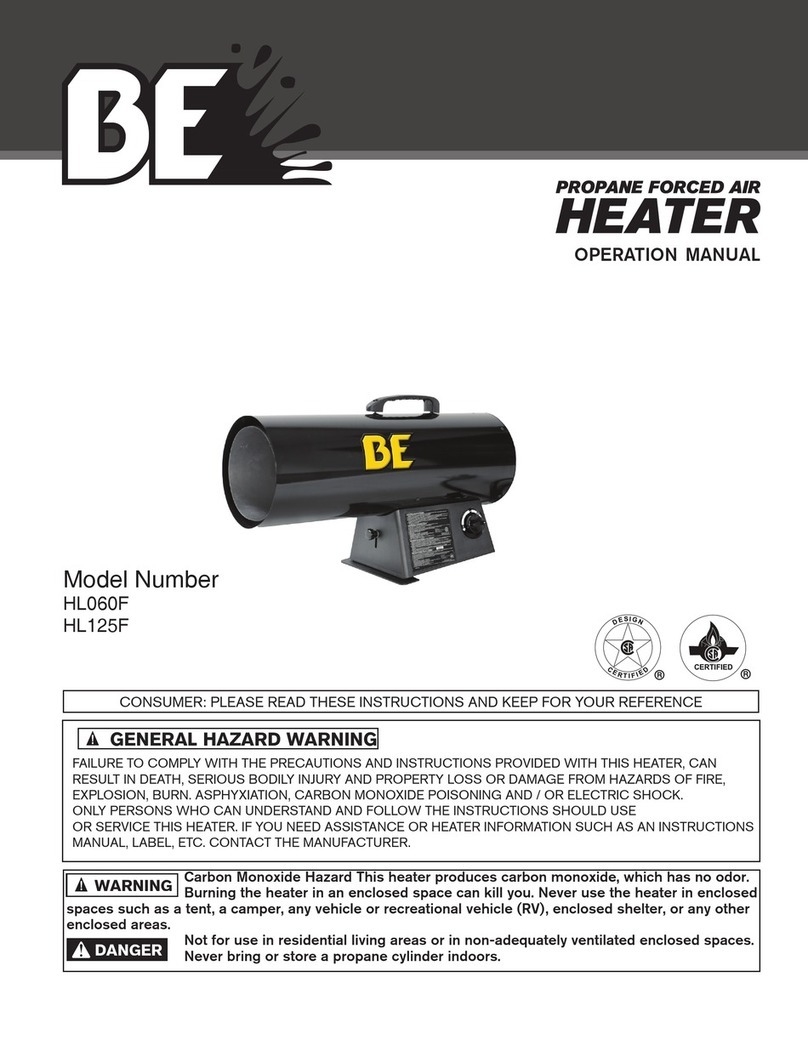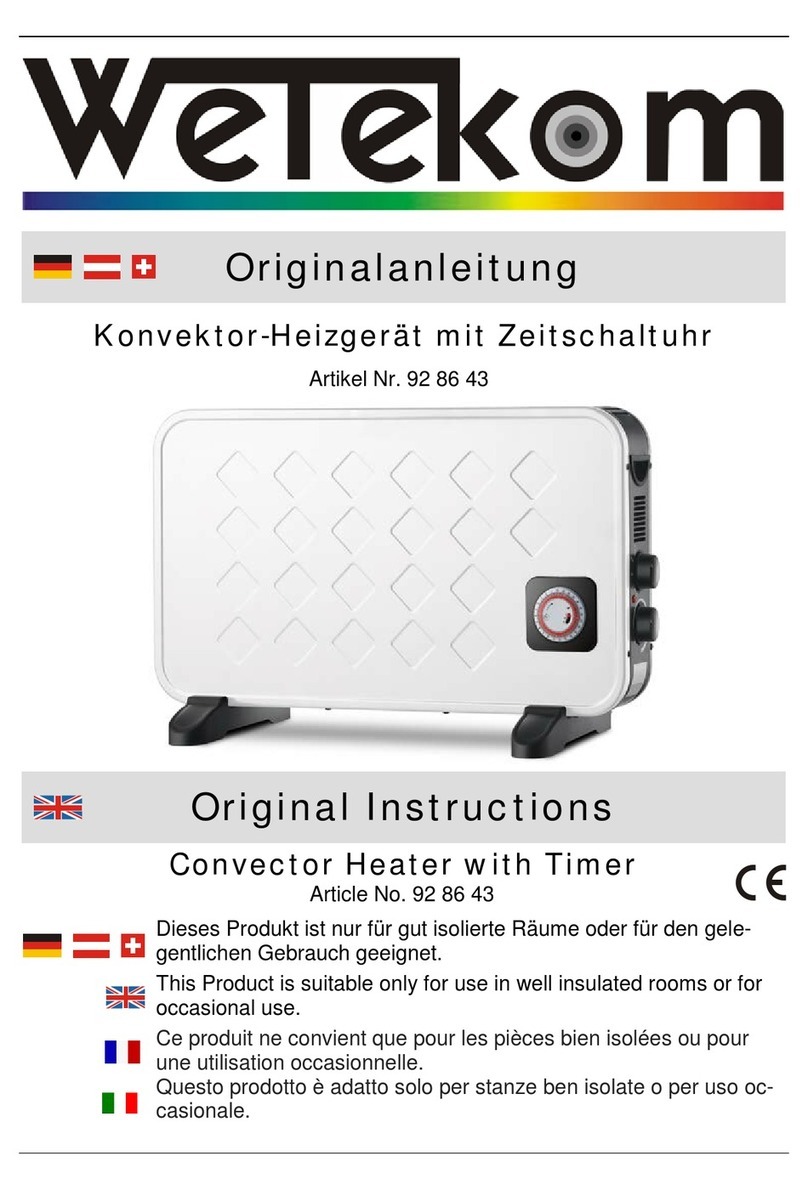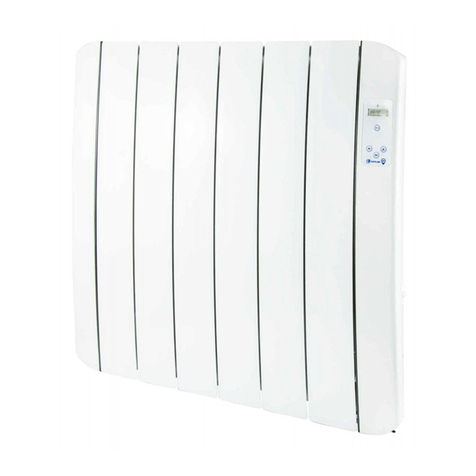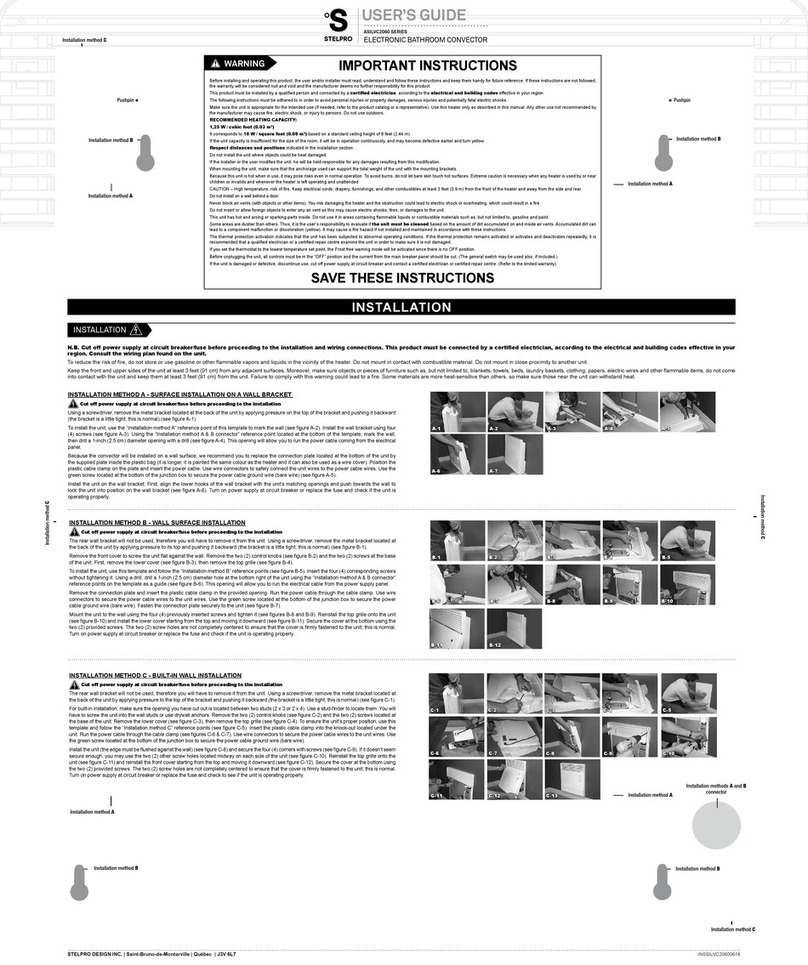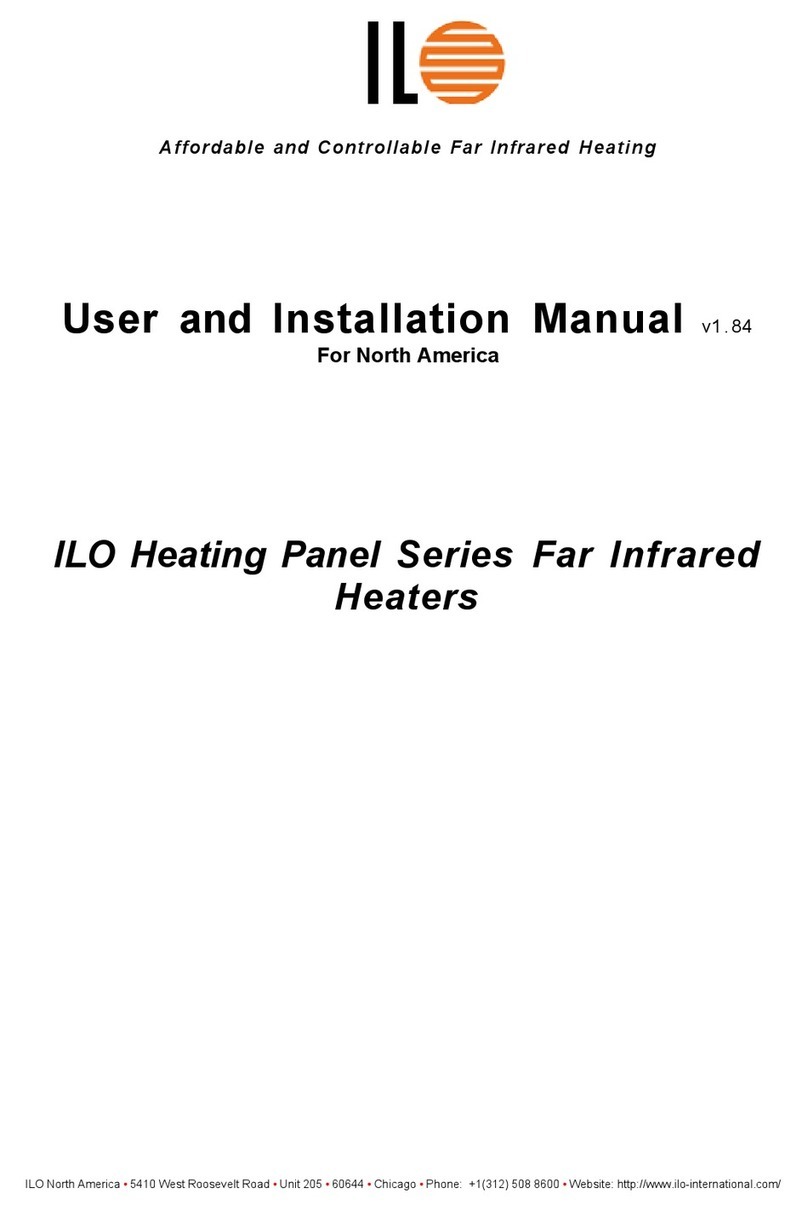
9
SAFETY PRECAUTIONS
1. Recommended for use with No.1-K kerosene No.1 Diesel fuel. Factory
tested for use with No.2-K kerosene, No.1 or No.2 Diesel,No.1 or
No.2 fuel oil or JP8 Jet A fuel and these fuels may be used as well.
Never use gasoline, oil drained from crank cases, naphtha, paint
thinners, alcohol or any other highly flammable fuels.
2. Check the heater thoroughly for damage. Do not operate a damaged
heater.
3. Do not modify the heater or operate a heater which has been modified
from its original condition.
4. For indoor use only. Not for use where exposed to weather.
5. Use in well-ventilated areas, provide at least 2 sq. ft. (0.19sq. m.)
of opening near the floor and 2 sq. ft. (0.19 sq. m.)near the ceiling
directly to outdoors. Increase air openings as marked for each
additional heater.
6. Always keep combustibles, like paper and wood at least 3.5 m from
the heater outlet and 1.2 m from the top, sides and inlet. Locate 3.0m
from canvas or plastic coverings and secure them to prevent flapping
movement.
7. Caution: Due to the high surface and exhaust temperatures, adults and
children must observe clearances to avoid burns or clothing ignition.
Do Not Touch. Keep children, clothing, and combustible away.
8. Install the heater so that it is not directly exposed to water or rain.
9. Never use in areas normally for habitation and /or where children may
be present.
10. Operate only on a stable, level surface.
11. Do not use with duct work. Do not restrict inlet or exit.
12. Use only with the specified electrial power required for the unit.
13. Use only a properly grounded 3-prong receptacle or extension cord.
14. Do not move, handle, or service while unit is hot or in operation.
safety








